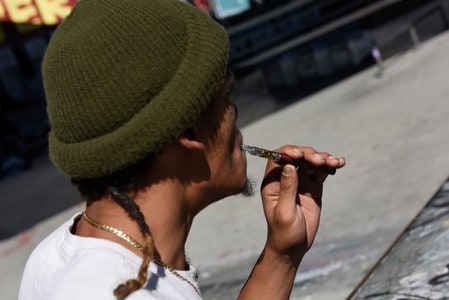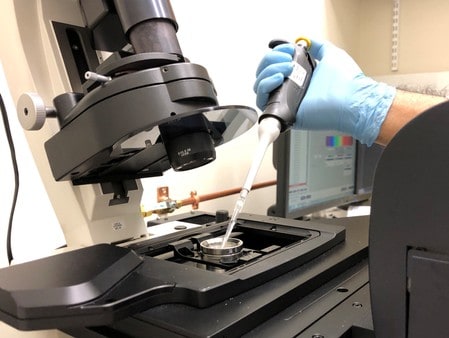By Julie Steenhuysen
CHICAGO (Reuters) – Doctors studying lung tissue from people with vaping-related injuries have ruled out one diagnosis as a probable explanation of how vaping harms the lungs, further deepening the mystery over the exact cause of hundreds of illnesses in the United States.
Pathologists from the Mayo Clinic studied lung biopsies from 17 patients in the vaping-related outbreak that has sickened more than 800 and claimed the lives of 16 people in 13 U.S. states.
They found that none of the cases had evidence of lipoid pneumonia, a rare diagnosis typically associated with people accidentally inhaling oils into their lungs.
Their finding, published on Wednesday as a letter in the New England Journal of Medicine, contradicted a study of five patients in North Carolina, published on Sept. 6 in the Centers for Disease Control and Prevention’s Morbidity and Mortality Weekly Report.
In those cases, doctors examined cells from patients with severe lung injury and found immune system cells called macrophages filled with oil. They diagnosed all five with lipoid pneumonia.
The serious respiratory illnesses have prompted a health scare that has led U.S. officials to urge people to stop vaping, especially products containing THC – the psychoactive ingredient in marijuana. Several states have also banned some vaping products and flavorings in response to the outbreak.
Scientists have been working to understand any role these oil-filled cells, known as lipid-laden macrophages, might play in explaining how vaping can cause lung injuries in otherwise healthy adults.
One possibility is that the oil is coming directly from oils inhaled in vaping devices.
So far, 87% of the 86 people in Illinois and Wisconsin who got sick from vaping admitted to having used THC, but 71% also reported using nicotine-containing products.
Another theory, backed by studies in mice, is that the fat-clogged immune cells are forming as part of the body’s natural defense response to exposure to solvents or other chemicals used in vaping liquids.
In the study published on Wednesday, Mayo pathologists looked at lung tissue removed from sick patients rather than just lung cells and found no sign of lipoid pneumonia.
In their review, the injuries appear to be caused by inhaling chemical irritants, but the specific agents have not been identified.
“We didn’t see any evidence of a fat-type pneumonia,” Dr. Yasmeen Butt, a pulmonary pathologist at Mayo Clinic in Arizona and one of the study’s lead authors, said in a phone interview.
Researchers did see a few cases of droplets of oil, but nothing that would suggest lipoid pneumonia, they said.
“This really does look like a chemical or drug-type of injury,” Butt said.
Dr. Laura Crotty Alexander, a pulmonlogist who studies vaping at University of California San Diego, said the Mayo findings are in line with other studies suggesting the injuries are related to a toxin entering the lungs.
“This is just putting further emphasis on the fact that lipoid pneumonia is not the pathologic pattern being seen in this epidemic,” she said in an email.
(Reporting by Julie Steenhuysen; Editing by Cynthia Osterman and Bill Berkrot)




